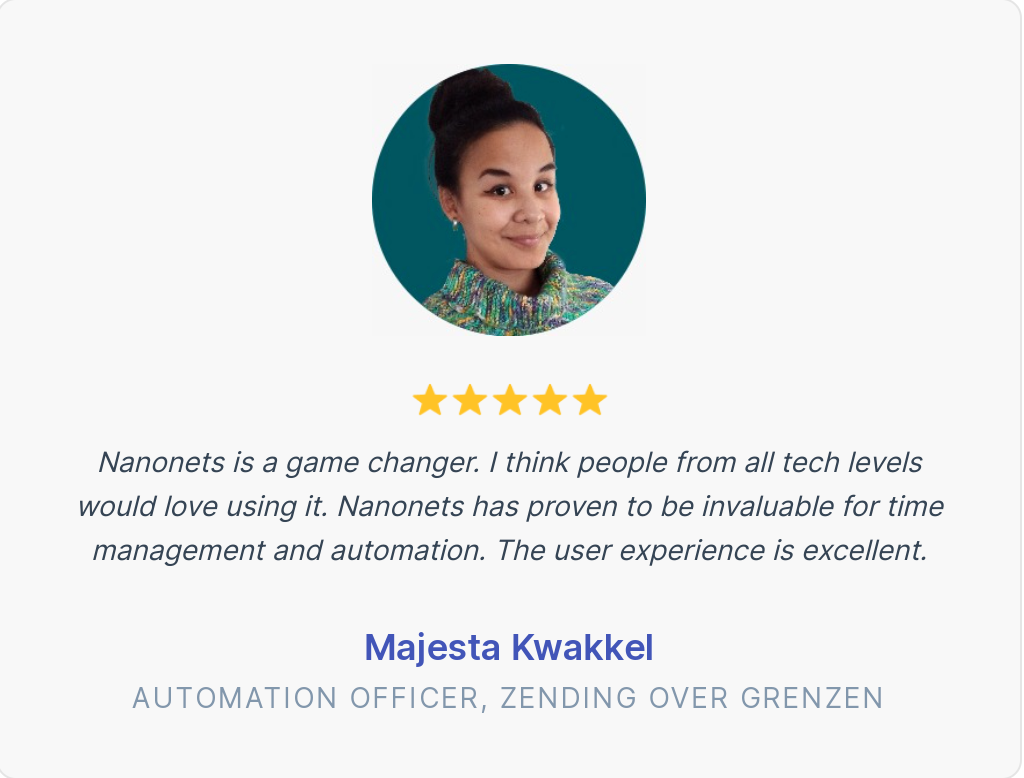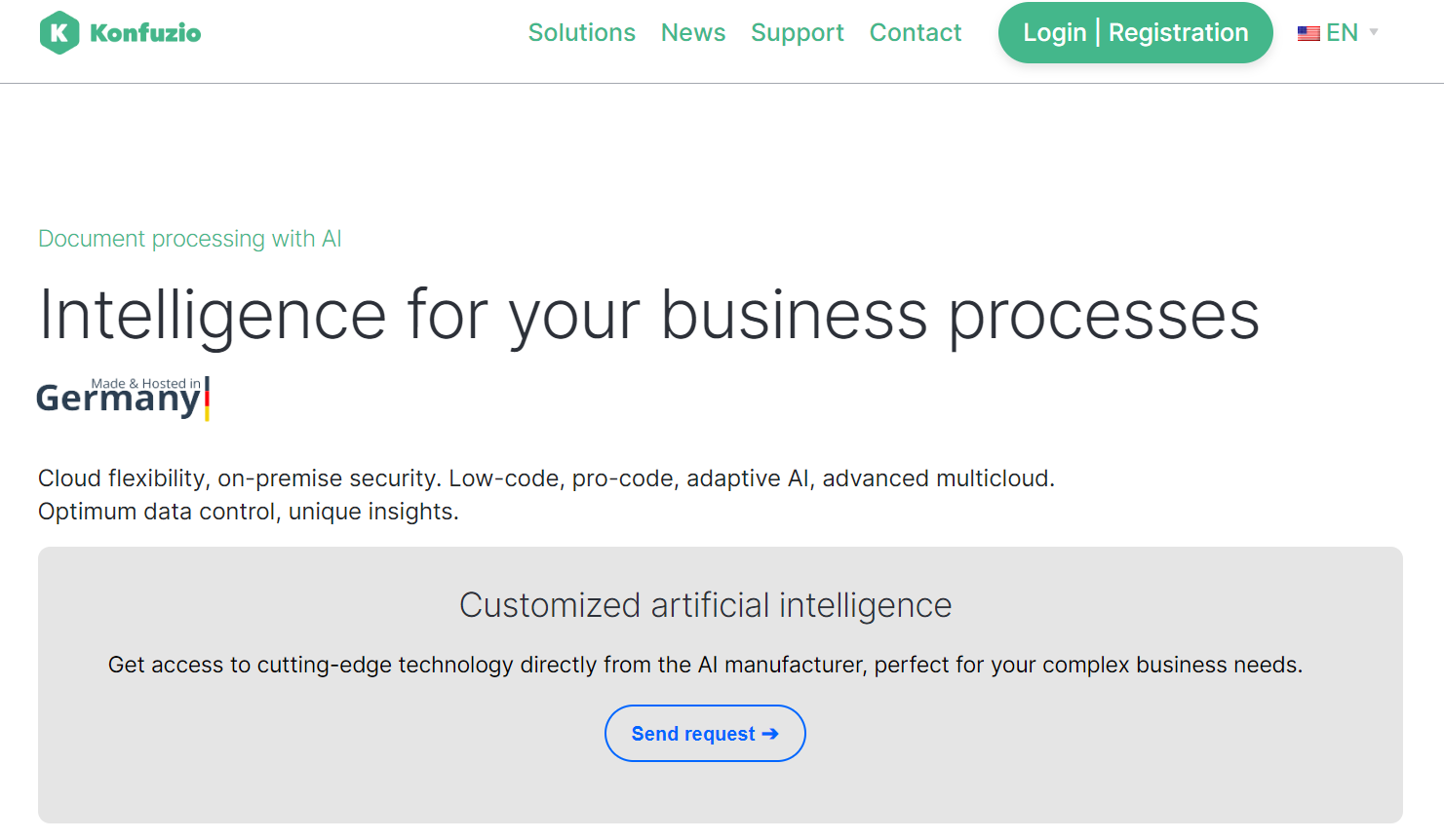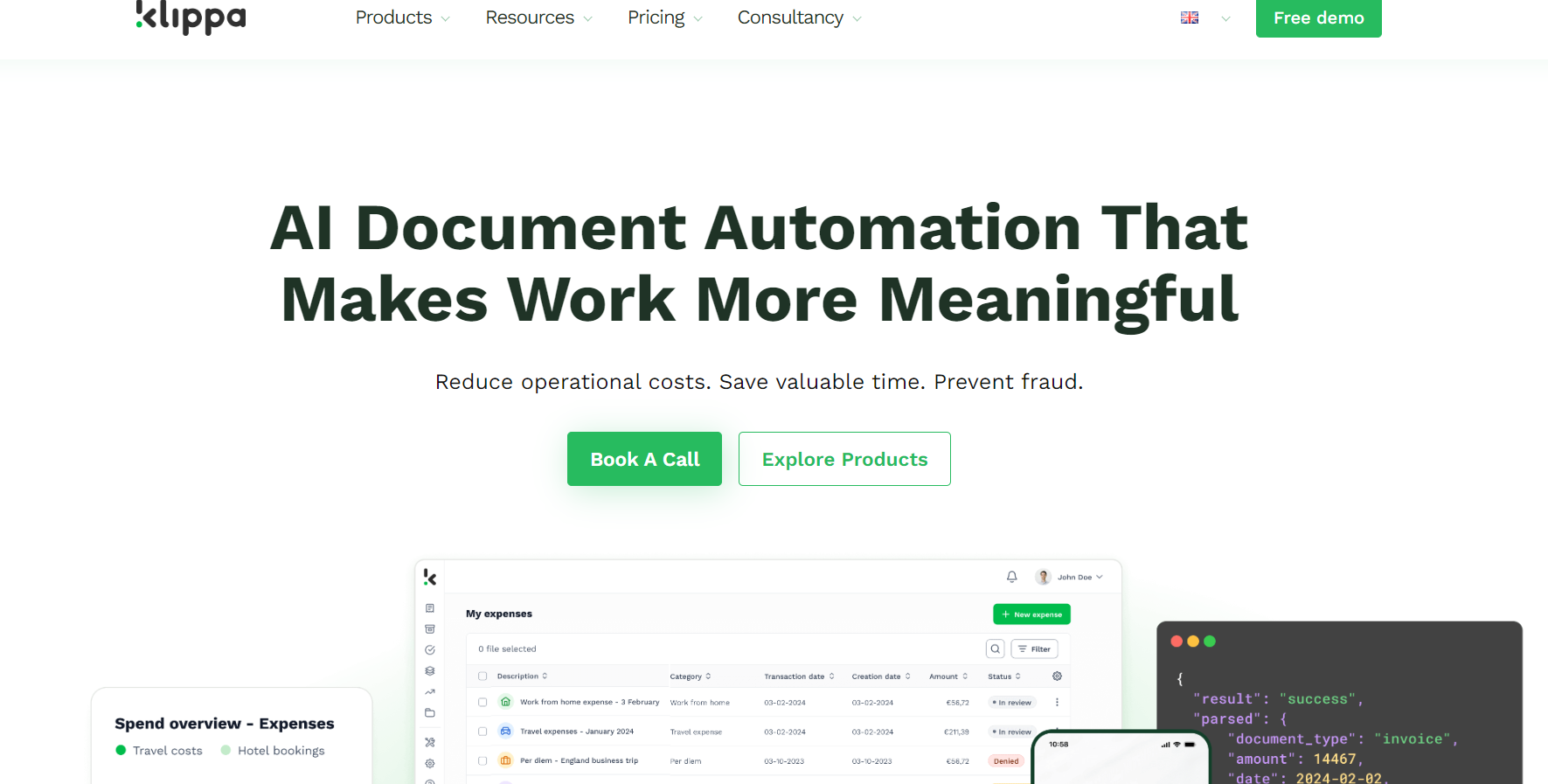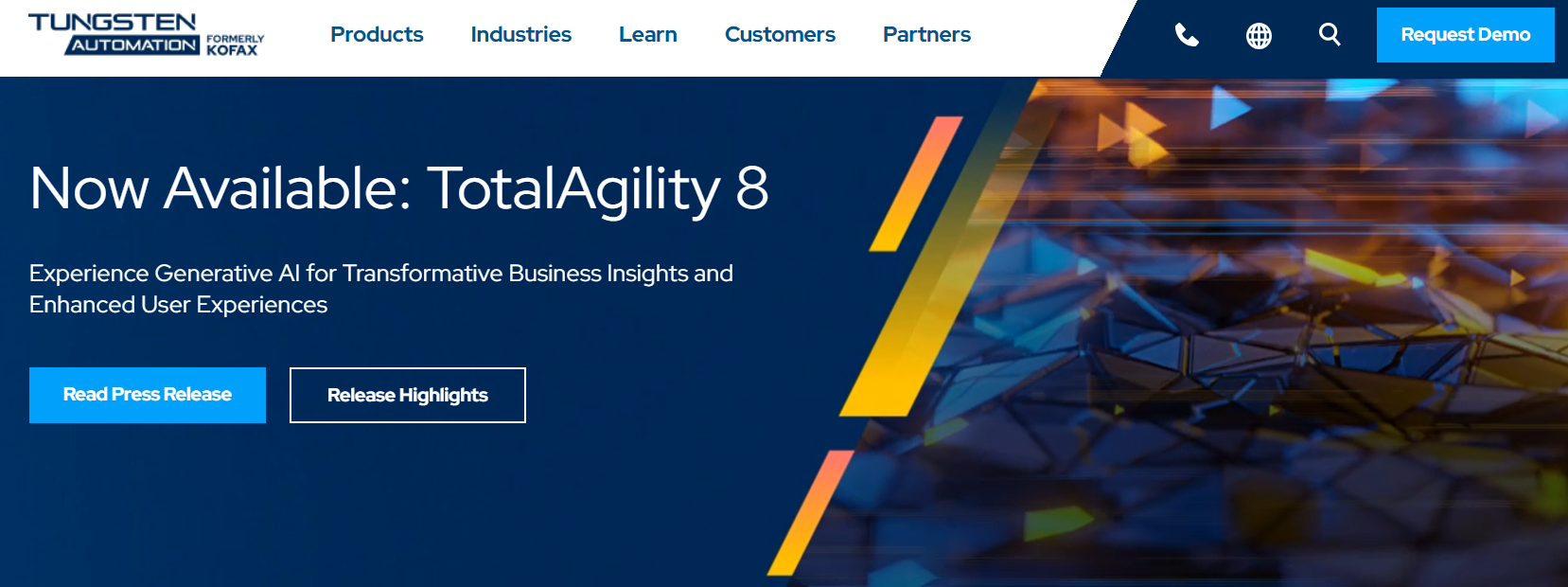Lawyers often grapple with many documents in the dynamic legal world where every second counts, and information is the key to success. The sheer volume of paperwork, from contracts and court pleadings to discovery documents and case research, can be overwhelming. The legal landscape is evolving rapidly, and the need for efficient document management solutions has become pressing.
OCR technology has emerged as a game-changer for legal professionals, offering a lifeline in the sea of documents that clutter their daily routines. This blog will delve into the need for OCR in the legal space and the top 10 legal OCR software in the market.
Streamline legal document processing with Nanonets’ AI-powered OCR software. Instantly capture data from contracts, court pleadings, discovery documents to case research, and automate your workflows. Accelerate processing times and eliminate tedious manual data entry.

Challenges Faced by Lawyers
Time Constraints
In the legal domain, time is often the scarcest resource. Lawyers must sift through extensive documents, seeking critical information to build their cases, prepare for trials, or draft legal documents. The time spent on manual document review is not only exhaustive but can lead to delays in case proceedings.
Accuracy and Error Prevention
The legal profession demands precision, and document inaccuracies can have profound consequences. Manually transcribing or reviewing documents introduces the risk of human error, jeopardizing the integrity of legal information and potentially impacting case outcomes.
Information Overload
With the exponential growth of digital data, lawyers are inundated with vast amounts of information. Sorting through everything to extract relevant details can be akin to finding a needle in a haystack, slowing legal processes and hindering informed decision-making.
Confidentiality Concerns
Maintaining client confidentiality is paramount in the legal world. Mishandling or inadvertently disclosing sensitive information during document processing severely threatens a lawyer’s reputation and may even lead to legal repercussions.
What is OCR & what does OCR software do in the Legal Sector?
OCR, or Optical Character Recognition, is a technology designed to recognize and extract text content from various documents, images, or scanned materials. In the legal sector, OCR software is crucial in digitizing and managing vast amounts of paperwork efficiently.
OCR converts physical legal documents into machine-readable and editable text, including contracts, court pleadings, and case files. This digitization process facilitates easier storage, retrieval, and sharing of legal information in electronic formats. OCR enables powerful search capabilities within legal databases, allowing users to quickly locate specific terms, references, or sections in documents.
Implementing OCR in the legal sector provides several advantages:
- Streamlining document management processes
- Improving accuracy in data extraction
- Enhancing searchability and accessibility of legal documents
- Ensuring compliance with privacy and regulatory requirements
- Facilitating a smoother transition from paper-based to digital systems in legal practices.
The Best OCR Software for Your Legal Business
1. Nanonets
Nanonets harnesses advanced OCR capabilities and machine learning algorithms to precisely extract information from unstructured documents, offering promise in legal document processing.
In the legal industry, Nanonets serves as a valuable asset for digitizing documents and automating data capture. Converting physical paperwork into machine-readable text facilitates efficient storage and retrieval of legal documents. Notably, Nanonets excels in accurately extracting text from various legal documents, including contracts, court pleadings, and case files, overcoming challenges associated with handwritten text commonly found in legal forms.
Additionally, Nanonets allows the creation of custom OCR models, providing adaptability to the unique document requirements of legal practices. Its extensive customization options ensure flexibility in handling diverse legal document formats and structures. It provides extensive customization to fit diverse legal industry requirements. The software integrates extracted legal data with downstream systems and handles multilingual documents.
Nanonets Intro
Pros:
- Modern UI
- Handles large volumes of documents
- Reasonably priced
- Ease of use
- Zero-shot or zero-training data extraction
- Cognitive capture of data – resulting in minimal intervention
- Requires no in-house team of developers
- Algorithms/models can be trained/retrained
- Great documentation & support
- Lots of customization options
- Wide choice of integration options
- Works with non-English or multiple languages
- Seamless 2-way integration with multiple accounting software
- Great OCR API for developers
Cons:
- Table capture UI can be better
Get started with Nanonets’ pre-trained OCR extractors or build your own custom OCR models. You can also schedule a demo to learn more about how we help the legal sector.

2.Konfuzio

As IDP software, Konfuzio transforms unstructured data into insights and optimizes processes with AI solutions.
Pros:
- It can be tailored to the specific needs of legal documents
- Effective integration with existing legal systems and databases
- Recognizes low-quality scanned images of legal documents very well
Cons:
- No chat support
- No batch processing
- Very few third-party integrations
- Out-of-the-box automation of legal documents not available
3.Klippa

Klippa provides automated document management, processing, classification, and data extraction solutions to digitize paper documents in the legal industry.
Benefits:
- Offers AI-powered OCR to automatically process contracts, bylaws, chamber of commerce registrations, and many other legal documents
- Automatically recognize errors, duplicates, and fraud
- Anonmyzes data to protect personal information
- Offers excellent SDKs and documentation for building and connecting apps
- It provides an excellent collection of integrations
- The onboarding flow is easy and intuitive and offers great customer support
Limitations:
- Accuracy issues are encountered when extracting data from low-quality legal document scans
- Cannot customize templates for legal documents
- VAT calculations may need clarification
- Stability issues leading to intermittent crashes
4.Tungsten Automation

Power PDF is a powerful PDF OCR software that can handle automation for high-volume legal document processing tasks. This tool specializes in table extraction, line-item matching, and intelligent extraction.
Benefits:
- Minimizes downstream data flow errors with highly accurate text extraction and data from legal documents like itineraries and invoices
- Provides a wide range of built-in filters and tools to improve the quality of scanned or photographed legal documents before OCR
Limitations:
- Setting up the AP automation workflows or the API integration involves intricate setups unsuitable for non-technical users
- The interface has a steep learning curve and could be more intuitive, hampering law firm adoption
Nanonets vs Kofax – The leading Kofax Alternative
Compare Nanonets vs Kofax. If you are looking for Kofax Alternatives, we have collated a comparison between Nanonets and Kofax to help make your decision.

Optimize your law firm operations with Nanonets’ Automation solution. Schedule a demo to see how Nanonets can automate and streamline your legal processes.
5.Rossum
Rossum is an AI-driven document extraction and data capture platform specializing in automating unstructured data processing, particularly invoices and other business documents. Leveraging advanced cognitive data extraction technology, Rossum is designed to extract key information from diverse document types rapidly and accurately. This technology streamlines document management for law firms by automating the extraction of critical data from legal documents, contracts, and case files.
Pros:
- They have an iPhone and Android app
- Wide choice of integration options
- Limited language options
Cons:
- May lack accuracy
- Lengthy setup process
- Bit pricier than other solutions in the market
- It does not allow report customization
6. Tesseract
Tesseract is an open-source OCR engine that can be helpful for law firms looking to digitize legal documents.
Benefits:
- Completely free and open-source
- Decent accuracy on typed text
- Can handle legal documents in different languages by configuring the -l parameter
Limitations:
- Lower accuracy on handwritten text and poor-quality scans
- Not optimized for legal documents specifically, might require tweaking
- More challenging to set up validation workflows or integrations compared to commercial tools
Using advanced machine learning and OCR, AWS Textract accurately identifies and extracts text and data from forms, tables, and more using advanced machine learning and OCR.
For more detailed information, check out our comprehensive breakdown of AWS Textract.
Benefits:
- Pay-as-you-go billing is suitable for fluctuating legal document volumes
- Quick and easy to implement for law firms
Challenges:
- Cannot train custom models optimized for legal documents
- Accuracy varies based on document type and quality
- Not optimized for handwritten data like customs forms
8. Google Document AI
Google Cloud Document AI uses classify, extract data, and generate insights from documents automatically, learning to classify, extract data, and generate insights from documents. It is part of the Google Cloud AI suite.
Benefits:
- Handle large volumes of documents, making it suitable for organizations dealing with a high number of legal documents
- Allows users to create custom parsers for document types not covered by pre-existing parsers
- Easily integrates with other Google services
- Cloud-based for flexible access
Challenges:
- Lacks proper documentation, leading to complicated onboarding
- Not easy to customize existing modules and libraries
- Restricted coding language support
- Expensive costs may limit smaller law firms
- On-premise and hybrid deployment may not possible
- Custom algorithms cannot be added for unique needs
9. IBM Datacap
IBM Datacap an Intelligent Data Capture solution to help law firms streamline their manual documentation processes. It works on multiple channels, including mobile devices.
Benefits:
- Configures automated workflows for legal data capture
- Features an intelligent data capture mechanism that can help law firms simplify digitizing paper documents
- User-friendly interface enables lawyer adoption
Limitations:
- Minimal online support resources
- Complex setup that may not be ideal for non-technical teams
- Slow processing times could cause bottlenecks
- Limited customization options for legal workflows
- Batch processing can stall due to errors
10.Veryfi OCR API & SDK
The Veryfi OCR API & SDK is a comprehensive solution that facilitates seamless integration of Optical Character Recognition (OCR) capabilities into various applications and workflows. With its robust API and software development kit (SDK), Veryfi empowers developers to extract valuable information, such as text and data, from diverse documents like contracts and court proceedings.
Pros:
- Robust security compliances
- Veryfi offers a fraud API
Cons:
- Does not use Humans in the Loop (HIIL)
- Some issues with scanning
- Complex integration process
- Web version has some UI issues
- Steep learning curve
- Entering transactions manually is complex
Nanonets OCR API has many interesting use cases that could optimize your business performance, save costs, and boost growth. Find out how Nanonets’ use cases can apply to your product.
Other notable mentions include Readiris, Infrrd, and Hypatos. Also, check out the leading alternatives to Nanonets.
Why is Nanonets the Best OCR Software for Legal Documents?
Nanonets’ AI adapts to your legal documents. It learns from your data, so accuracy improves over time. The software integrates easily into your systems, allowing you to customize fields and output formats.
It handles messy, handwritten text on crumpled forms. The multilingual AI extracts information from global documents without heavy rework. Unlike other OCR tools, Nanonets requires minimal verification. It captures what matters, not everything. The AI overcomes tilted, low-resolution, noisy inputs that trip up traditional software. No complex engineering team is required — Nanonets integrate seamlessly.
- Adaptive AI Learning: Nanonets employs adaptive AI learning, continuously improving accuracy. In a legal context, where precision is critical, this feature ensures reliable extraction of information from diverse legal documents.
- Easy Integration and Customization: The software seamlessly integrates into existing systems, allowing fields and output formats to be customized. This adaptability is essential for accommodating legal documents’ varied formats and structures.
- Handling Messy, Handwritten Text: Nanonets excels in processing messy, handwritten text often present in legal forms, addressing a common challenge in the legal document processing workflow.
- Multilingual Support and Minimal Verification: Nanonets’ multilingual AI efficiently extracts information from global legal documents without requiring extensive rework. Its ability to capture only relevant data minimizes the need for extensive verification, enhancing efficiency in document processing.
- Overcoming Input Challenges: Nanonets can handle imperfect documents, such as blurred scans and tilted text, which can be common in legal paperwork. Its adaptability ensures accurate extraction even from challenging inputs.
- Enhanced Security and Compliance: Nanonets enhances security by allowing real-time customer data validation against different databases. This feature is crucial in the legal sector, where data protection and compliance with privacy regulations are paramount.
- Lower Operational Costs: Automating data capture from various legal documents eliminates the need for manual re-keying, reducing operational costs significantly. This is particularly advantageous for contracts, case files, and other legal paperwork tasks.
- Deeper Legal Insights: Nanonets enables the extraction of unstructured data from legal documents, allowing for deeper analysis of case details, legal patterns, and trends. This data-driven approach can empower legal professionals to make informed decisions.
- Works with Any Data: Unlike rigid OCR tools, Nanonets allows you to train AI models on your custom documents, ensuring high accuracy on your unique and unstructured data types right from the start. Additionally, it offers seamless integration with other systems, thus ensuring uninterrupted data flow.
- Code-Free Setup: You can streamline document processing workflows and integrate seamlessly with your existing systems, such as CRM, ERP, and RPA, without coding.
Are there Any Free OCR Options for Legal Companies?
Apart from the advanced commercial OCR solutions discussed, free, open-source OCR engines like Tesseract offer basic capabilities for legal firms on a budget. These can convert contracts, court pleadings, discovery documents and case research into editable text — but lack robust automation for high volumes.
Free web-based OCR tools or those bundled into document editors may work for occasional legal documents. However, they cannot handle messy handwritten discovery documents, low-quality smartphone snaps of contracts, or complex discovery documents.
So, free OCR options can be adequate for law firms only processing tiny volumes of typed documents in straightforward formats. However, advanced commercial solutions will likely be required for automated, accurate extraction from global legal documents.
Here are some free optical character recognition tools for your consideration:
- SEO Powered Content & PR Distribution. Get Amplified Today.
- PlatoData.Network Vertical Generative Ai. Empower Yourself. Access Here.
- PlatoAiStream. Web3 Intelligence. Knowledge Amplified. Access Here.
- PlatoESG. Carbon, CleanTech, Energy, Environment, Solar, Waste Management. Access Here.
- PlatoHealth. Biotech and Clinical Trials Intelligence. Access Here.
- Source: https://nanonets.com/blog/legal-ocr-software/
- :has
- :is
- :not
- :where
- $UP
- 10
- 200
- 2024
- 36
- 49
- 7
- a
- ability
- About
- accelerate
- accessibility
- accommodating
- Accounting
- accuracy
- accurate
- accurately
- adaptive
- adapts
- added
- Additionally
- addressing
- adequate
- advanced
- advantageous
- advantages
- against
- AI
- AI models
- AI-powered
- akin
- algorithms
- allow
- Allowing
- allows
- also
- alternatives
- amounts
- an
- analysis
- and
- android
- any
- ap automation
- api
- applications
- Apply
- approach
- ARE
- AS
- asset
- associated
- automate
- Automated
- automatically
- automating
- Automation
- AWS
- based
- basic
- BE
- become
- before
- BEST
- between
- billing
- Blog
- boost
- Breakdown
- budget
- build
- Building
- built-in
- bundled
- business
- but
- by
- calculations
- CAN
- cannot
- capabilities
- capture
- captures
- case
- cases
- Cause
- challenge
- challenges
- challenging
- Chamber
- channels
- character
- character recognition
- chat
- check
- choice
- classification
- Classify
- client
- Cloud
- Coding
- cognitive
- collection
- Commerce
- commercial
- Common
- commonly
- Companies
- compared
- comparison
- complex
- compliance
- complicated
- comprehensive
- confidentiality
- configuring
- Connecting
- Consequences
- consideration
- content
- context
- continuously
- contracts
- convert
- converting
- Costs
- could
- Court
- covered
- create
- creation
- critical
- CRM
- crucial
- curve
- custom
- customer
- customer data
- customization
- customize
- customized
- customs
- daily
- data
- data entry
- data processing
- data protection
- data-driven
- databases
- dealing
- decision
- Decision Making
- decisions
- deeper
- delays
- delve
- demands
- deployment
- designed
- detailed
- details
- developers
- Development
- Devices
- different
- digital
- digitization
- digitize
- digitizing
- Disclosing
- discovery
- discussed
- diverse
- do
- document
- document ai
- document management
- documentation
- documents
- does
- domain
- draft
- due
- duplicates
- during
- dynamic
- easier
- easily
- easy
- editors
- efficiency
- efficient
- efficiently
- Electronic
- eliminate
- eliminates
- embedded
- emerged
- employs
- empower
- empowers
- enables
- Engine
- Engineering
- Engines
- Enhances
- enhancing
- ensure
- ensures
- ensuring
- entry
- ERP
- error
- Errors
- essential
- Even
- Every
- everything
- evolving
- excellent
- exhaustive
- existing
- exponential
- Exponential Growth
- extensive
- extract
- extraction
- Extracts
- faced
- facilitates
- Feature
- few
- Fields
- Files
- filters
- finding
- Firm
- firms
- fit
- Flexibility
- flexible
- flow
- For
- forms
- found
- fraud
- Free
- from
- game-changer
- generate
- gif
- Global
- Google Cloud
- great
- Growth
- handle
- Handles
- Handling
- harnesses
- Have
- heavy
- help
- helpful
- High
- highly
- How
- However
- HTTPS
- human
- Humans
- Hybrid
- IBM
- ideal
- identifies
- if
- images
- impacting
- implement
- improve
- improves
- improving
- in
- inadvertently
- include
- Including
- industry
- information
- informed
- input
- inputs
- insights
- instantly
- integrate
- Integrates
- integration
- integrations
- integrity
- Intelligent
- interesting
- Interface
- into
- intricate
- Introduces
- intuitive
- invoices
- involves
- iPhone
- issues
- IT
- ITS
- Key
- Kit (SDK)
- Lack
- landscape
- language
- Languages
- large
- Law
- law firm
- law firms
- lawyer
- Lawyers
- lead
- leading
- LEARN
- learning
- learns
- Legal
- leveraging
- like
- likely
- LIMIT
- looking
- machine
- machine learning
- make
- Making
- management
- managing
- manual
- manually
- many
- Market
- matching
- materials
- Matters
- May..
- mechanism
- mentions
- might
- minimal
- minimizes
- mishandling
- Mobile
- mobile devices
- models
- Modules
- Month
- more
- multiple
- must
- Need
- needs
- no
- non-technical
- notable
- notably
- number
- occasional
- OCR
- OCR Software
- of
- offer
- offering
- Offers
- often
- on
- Onboarding
- online
- only
- open source
- operational
- Operations
- optical character recognition
- Optimize
- optimized
- Optimizes
- Options
- or
- organizations
- Other
- our
- out
- outcomes
- output
- over
- overcoming
- overwhelming
- Paper
- paper-based
- paperwork
- Paramount
- part
- particularly
- patterns
- performance
- personal
- physical
- platform
- plato
- Plato Data Intelligence
- PlatoData
- potentially
- powerful
- practices
- precisely
- Precision
- Prepare
- present
- pressing
- privacy
- Proceedings
- process
- processes
- processing
- Product
- profession
- professionals
- profound
- promise
- proper
- protect
- protection
- provides
- providing
- quality
- quickly
- range
- rapidly
- real-time
- recognition
- recognize
- reducing
- references
- regulations
- regulatory
- relevant
- reliable
- repercussions
- report
- reputation
- require
- required
- Requirements
- requires
- research
- resource
- resulting
- retrieval
- review
- reviewing
- right
- rigid
- Risk
- robust
- rpa
- s
- Save
- scanning
- scans
- sdk
- sdks
- SEA
- seamless
- seamlessly
- Search
- Second
- sections
- sector
- security
- see
- seeking
- sensitive
- serves
- set
- setup
- several
- severely
- sharing
- Sift
- significantly
- simplify
- Slowing
- smaller
- smartphone
- smoother
- So
- Software
- software development
- software development kit
- solution
- Solutions
- some
- Space
- specializes
- specializing
- specific
- specifically
- spent
- start
- started
- storage
- straightforward
- streamline
- streamlines
- structures
- success
- such
- suitable
- suite
- support
- Systems
- table
- table extraction
- tailored
- tasks
- team
- Technology
- tedious
- templates
- terms
- tesseract
- text
- than
- that
- The
- their
- There.
- These
- they
- third-party
- this
- those
- threatens
- Through
- Thus
- time
- times
- to
- tool
- tools
- top
- Top 10
- traditional
- Train
- Transactions
- transforms
- transition
- travel
- Trends
- trials
- trip
- type
- types
- ui
- uninterrupted
- unique
- unlike
- unstructured
- use
- users
- uses
- using
- validation
- Valuable
- varied
- various
- Vast
- Verification
- version
- very
- volume
- volumes
- vs
- we
- web-based
- webp
- What
- when
- which
- wide
- Wide range
- will
- with
- within
- without
- Work
- workflow
- workflows
- works
- world
- You
- Your
- youtube
- zephyrnet













